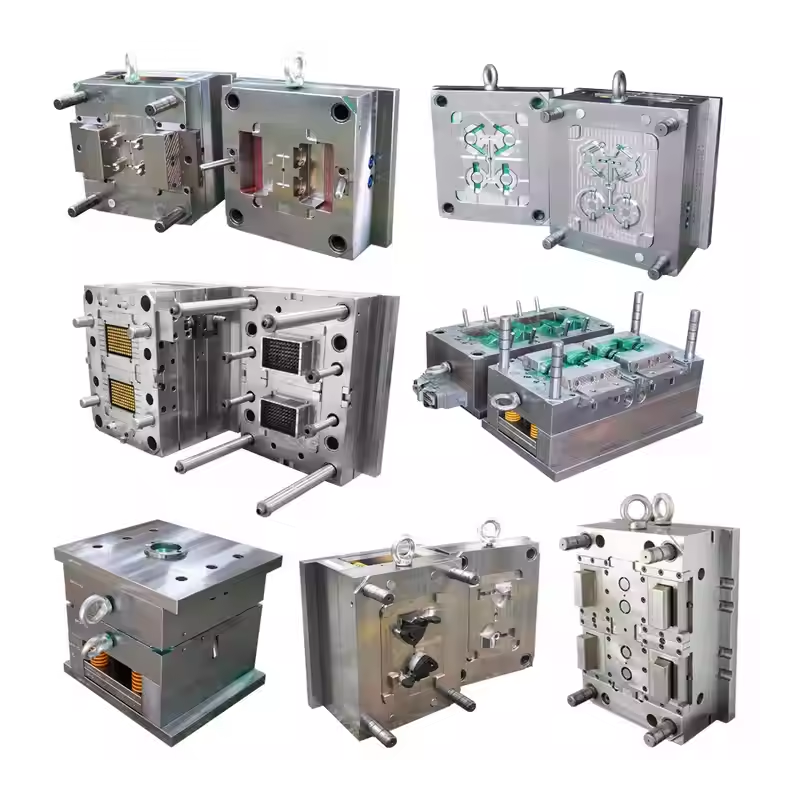If you’re looking to master the art of plastic mold creation, you’ve come to the right place. At LSRMOLD, we specialize in producing high-quality, precision plastic molds that cater to various industries, from automotive to electronics. Whether you’re working on custom plastic parts or need to scale up for high-volume production, understanding the key steps in mold creation is essential. In this guide, we’ll walk you through the essential processes of mold design, workspace preparation, and the techniques required to build durable, high-quality plastic molds.
Designing the Mold: Precision is Key
The foundation of a successful plastic mold starts with an accurate and efficient design. In the modern world of manufacturing, Computer-Aided Design (CAD) software plays a pivotal role in creating precise, manufacturable mold designs. At LSRMOLD, we utilize CAD tools to visualize the mold design, ensuring every detail aligns with your product specifications. CAD allows us to optimize the design for production efficiency and cost-effectiveness, making sure your final product meets industry standards.
One of the significant advantages of custom molds is that they provide tailored solutions that meet specific manufacturing needs. At LSRMOLD, our team works closely with clients to ensure that molds are not only functional but also designed to streamline the manufacturing process. Once the mold is designed, we conduct trial runs using real plastic items to verify the mold’s performance. These trial runs help us identify any issues like incomplete fills or surface defects, ensuring that the final product meets your exact requirements.
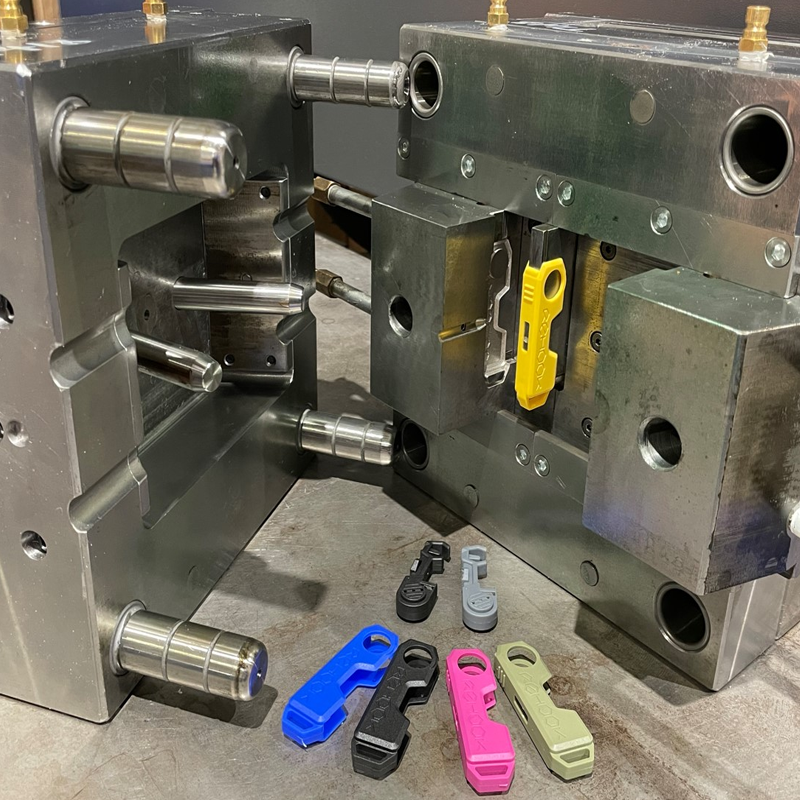
Workspace Preparation: Setting Up for Success
A well-organized and clean workspace is essential when creating plastic molds. At LSRMOLD, we understand that a dedicated space for mold making boosts both safety and productivity. Having all necessary tools and materials within easy reach ensures an efficient workflow and prevents time-wasting during the mold-making process. Regular cleaning is equally important as contamination can significantly affect the quality of the final mold. For example, contamination from oils or talc can cause issues like partial de-lamination of the mold.
Additionally, using personal protective equipment (PPE) such as gloves and safety glasses is critical when working with resins and chemicals. Creating a safe and efficient workspace is key to producing molds that are both precise and durable.
Building the Mold Structure: Attention to Detail
When it comes to building the mold structure, precision is paramount. The quality of the mold structure directly impacts the final molded product. At LSRMOLD, we focus on crucial factors like the proper design of cooling lines, which ensure that the mold maintains dimensional precision and consistent part appearance.
Gate location is another important factor in the mold structure. Proper positioning ensures an even material flow, which is essential for achieving uniformity in the molded parts. Incorporating draft angles into the design also aids in the easy ejection of the molded parts without causing any damage. These carefully considered design elements ensure that your mold produces high-quality plastic parts efficiently and reliably.
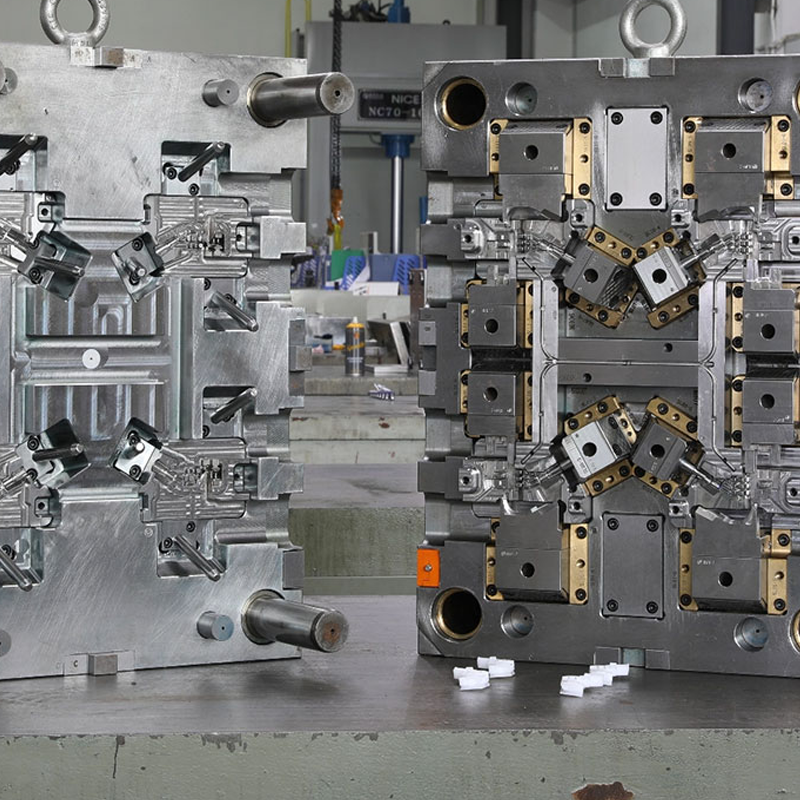
Building the Mold Base: Laying the Foundation
The mold base serves as the foundation for your mold, and its design is crucial to the overall functionality and longevity of the mold. At LSRMOLD, we often rely on standard mold frames from trusted manufacturers such as LKM, DME, and HASCO. These frames ensure compatibility with a wide range of plastic injection molding machines and provide a strong foundation for the mold structure.
Proper gate positioning and draft angles in the mold base design guarantee that the molten plastic flows evenly and that parts are ejected without difficulty. This attention to detail helps us produce high-quality molds that are both efficient and long-lasting.
Mixing and Pouring the Resin: A Precise Process
Once the mold base is prepared, it’s time to mix and pour the resin. At LSRMOLD, we emphasize the importance of thoroughly mixing the resin to achieve a uniform consistency. This ensures that the final mold is free of imperfections. The resin is carefully poured into the mold frame, ensuring that it fills the mold evenly and without air bubbles. This step requires precision and care to avoid common pitfalls like incomplete fills or resin defects.
Curing the Resin: Hardening for Quality
Curing is the process by which the resin hardens and takes on the shape of the mold. The curing time can vary depending on the type of resin being used. For example, epoxy resins typically cure within 24 to 48 hours, but complete curing can take up to a week, depending on the thickness of the resin and the formulation. Polyester resins generally cure more quickly, usually within 24 to 48 hours.
During curing, it’s essential to maintain optimal conditions, including temperature (between 70°F to 85°F) and humidity levels (below 80%). This ensures that the resin cures evenly, resulting in a strong and durable mold.
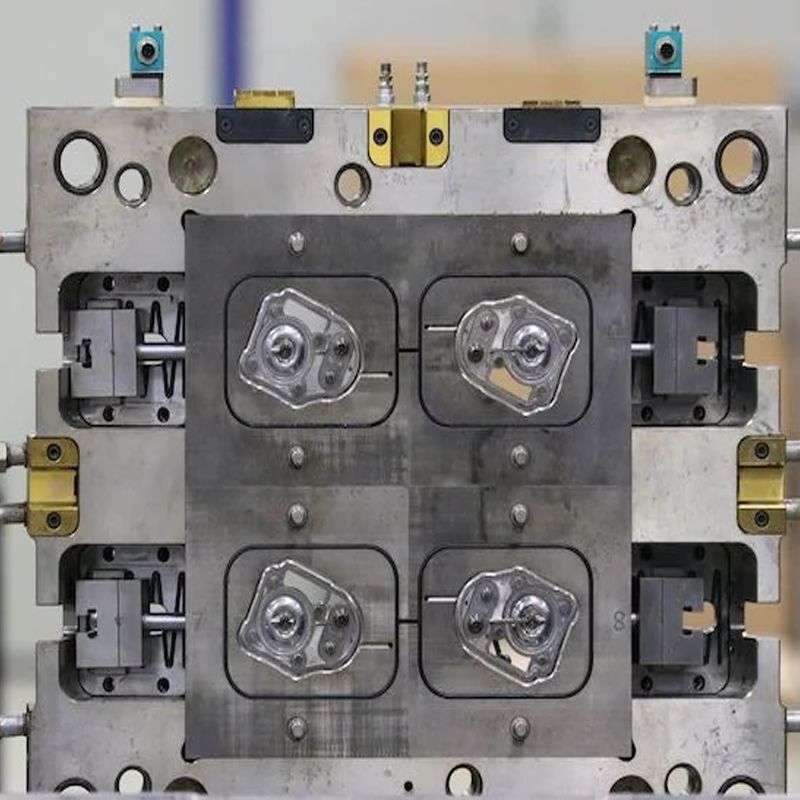
Removing the Mold: Handling with Care
Once the resin has fully cured, it’s time to remove the mold from the frame. At LSRMOLD, we take great care during this process to ensure that the mold is removed without any damage. We use a gentle twisting motion to detach the mold, avoiding any deformations that could affect its integrity.
Finalizing the Mold: Refining for Perfection
After the mold is removed, the final step is to refine it to ensure it meets the desired specifications. At LSRMOLD, we focus on enhancing the mold’s strength and functionality by adding features like ribs and bosses. These design elements improve the structural integrity of the molded parts and ensure that they can withstand the stresses of regular use.
Trimming Excess Material: Precision Is Crucial
Trimming excess material from the mold is an essential step in achieving a precise fit for the final product. At LSRMOLD, we use precision tools to carefully trim the edges of the mold, ensuring smooth and clean finishes. This step is critical for eliminating flash and achieving the exact dimensions required for high-quality molded parts.
Testing the Mold: Verifying Quality
Testing the mold is a critical part of the mold-making process. During testing, we check for issues like flash, venting problems, and cooling efficiency. At LSRMOLD, we ensure that every mold is thoroughly tested before being put into full-scale production. This testing phase helps us identify any problems early on and make necessary adjustments, ensuring the final product meets your exact requirements.

Advanced Techniques for Complex Molds
For intricate and complex designs, advanced techniques are often necessary. CNC machining allows us to create highly detailed molds with precise features, while silicone molds are ideal for producing flexible components and complex shapes. At LSRMOLD, we use these advanced techniques to create molds that meet the highest standards of quality and accuracy.
Maintenance and Longevity of Molds: Ensuring Durability
To maximize the lifespan of your mold, regular maintenance is essential. This includes cleaning the mold surfaces to remove any residue, inspecting the components for wear and damage, and addressing any issues proactively. At LSRMOLD, we use durable materials like P20, NAK80, and H13 steels to extend the life of our molds and ensure they continue to perform at peak efficiency.
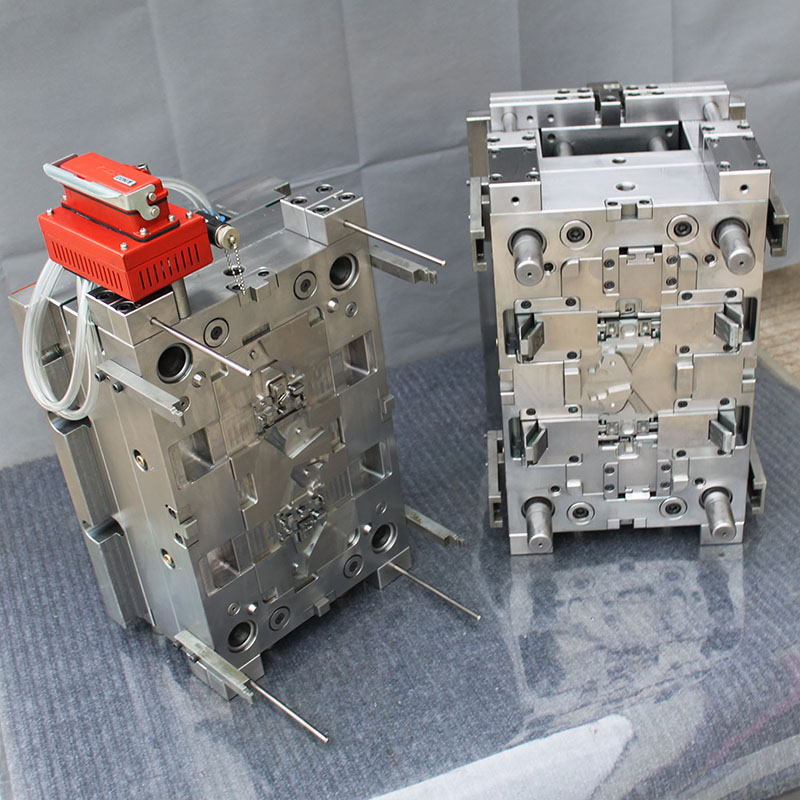
Cost Considerations in Mold Making
The cost of creating a plastic mold can vary significantly based on factors like design complexity, materials used, and production volume. At LSRMOLD, we work with clients to balance these factors, offering cost-effective solutions for both low and high-volume production. Our expertise ensures that you get the best value for your investment.
Summary: Start Your Mold-Making Journey with LSRMOLD
Creating plastic molds requires careful planning, precision, and expertise. Whether you’re designing a mold for a custom plastic part or need to produce high-quality molds for large-scale production, LSRMOLD is here to guide you every step of the way. Our team of professionals is ready to help you create molds that meet your exact specifications, ensuring the success of your manufacturing projects. Reach out to us today, and let’s bring your ideas to life with precision and excellence.

